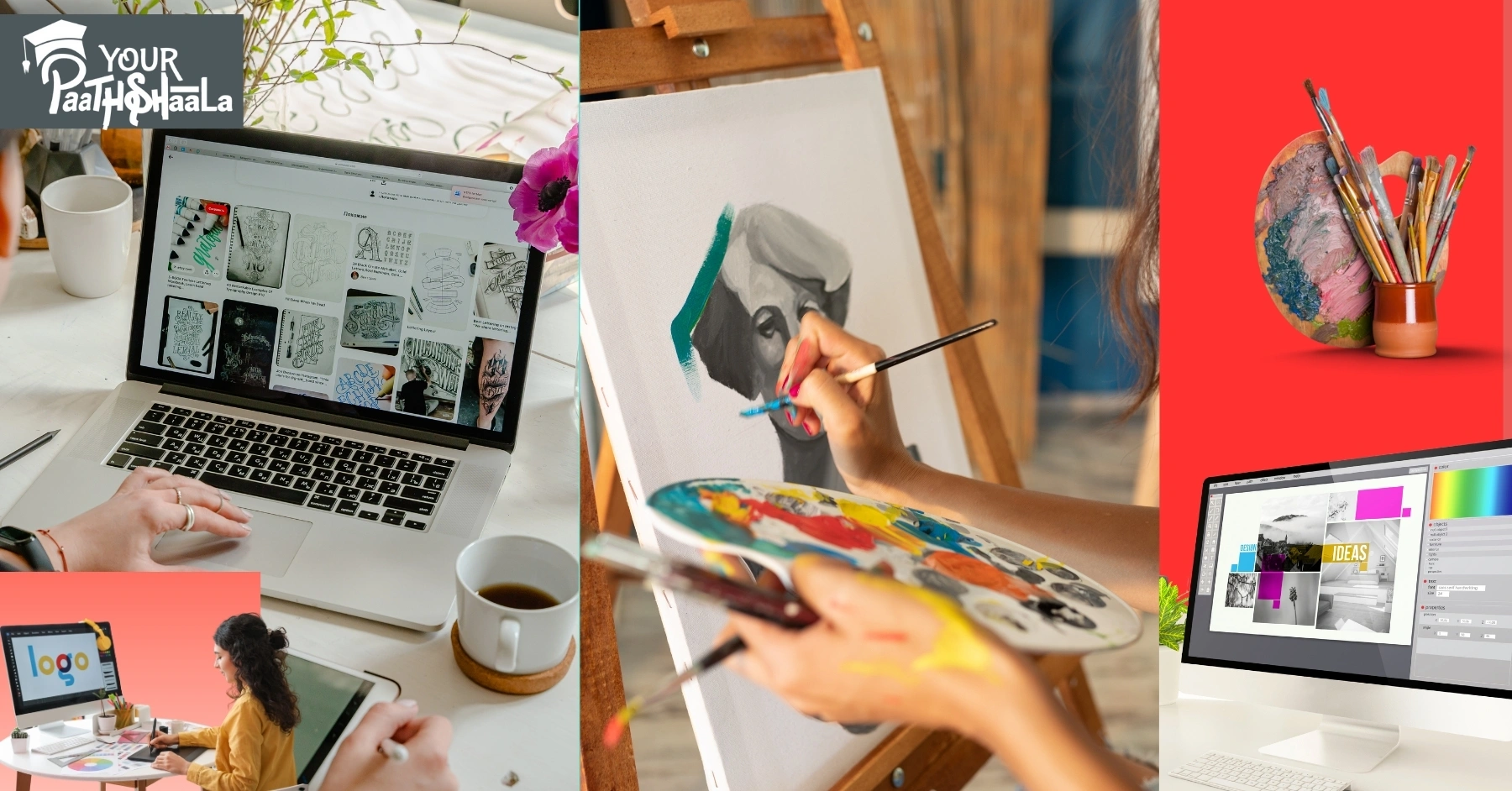
In 2025, understanding the difference between art and graphic design is essential for Indian beginners diving into the creative world. While both involve creativity and visuals, they serve distinct purposes, especially in India’s thriving $50,000 crore digital market, per IAMAI. This beginner-friendly guide offers a simple explanation of their differences, with practical steps to apply both in your work. For example, art might inspire a vibrant painting, while graphic design creates a brand logo. Whether you’re freelancing in Bangalore or exploring creativity in a small town, this guide will clarify your path. Ready to learn? Let’s explore the difference between art and graphic design in 2025!
Why Understanding the Difference Matters
Knowing the difference between art and graphic design helps you choose the right creative approach for your goals. First, it clarifies career paths, whether you aim to be an artist or a designer. Next, it ensures you meet client expectations in India’s competitive market. For instance, a client may want a logo (graphic design) rather than a personal artwork (art). However, misunderstanding these roles can lead to misaligned projects. Grasping this distinction boosts your creative and professional success.
What is Art?
Art is a form of self-expression, created to evoke emotions, tell stories, or explore ideas, often without a specific purpose. It includes paintings, sculptures, or digital illustrations, driven by personal vision. Creative Bloq notes that in 2025, art embraces experimental forms like AI-generated visuals. For example, a colorful Warli painting reflects cultural stories without a commercial goal. Art prioritizes creativity and emotional impact, resonating deeply in India’s cultural landscape.
What is Graphic Design?
Graphic design uses visuals, like logos, posters, or social media graphics, to communicate specific messages for clients or brands. It combines typography, colors, and layouts to solve problems, often with a commercial focus. 99designs highlights that graphic design in 2025 emphasizes functional, user-centric visuals. For instance, a festival-themed logo for an Indian brand is designed to attract customers. Graphic design is purposeful, blending creativity with strategy.
Key Differences Between Art and Graphic Design
Understanding the difference between art and graphic design involves comparing their core aspects. These distinctions shape how you approach creative projects in 2025.
Purpose and Intent
Art is created for self-expression or exploration, often without a defined goal. Graphic design aims to solve problems, like promoting a brand or conveying information. For example, art might be a personal painting, while graphic design creates a business flyer. Art is open-ended; graphic design is goal-driven. In India, graphic design often serves commercial needs.
Audience and Context
Art targets a broad, often undefined audience, like gallery visitors appreciating a painting. Graphic design focuses on specific audiences, like Indian consumers for a product ad. For instance, a Diwali poster targets festival shoppers, while art may not consider a specific viewer. Art is personal; graphic design is client-focused. This distinction guides project execution.
Process and Constraints
Art allows complete creative freedom, with no strict rules or deadlines. Graphic design operates within client briefs, budgets, and timelines. For example, a logo must follow brand guidelines, while a painting has no such limits. Art is unrestricted; graphic design is structured. Indian designers balance creativity with client demands.
Tools and Techniques
Artists use tools like Procreate or physical media for expressive works. Graphic designers use software like Photoshop or Canva for precise, functional designs. For instance, a digital illustration might be art, while a social media graphic is design. In 2025, both use AI, but graphic design prioritizes usability. Tools reflect their distinct goals.
Tools for Art and Graphic Design
These beginner-friendly tools help you explore the difference between art and graphic design, tailored for Indian creators on a budget.
- Art Tools: Procreate (₹1,000 one-time for iPad), Krita (free), or physical media like paints.
- Graphic Design Tools: Canva (free or ₹500/month), Adobe Photoshop (₹500-₹3,000/month), GIMP (free).
- Hybrid Tools: Figma (free plan) for design and creative exploration.
- Inspiration Platforms: Behance, Dribbble for art and design trends.
- Font Resources: Google Fonts (free) for culturally relevant typography like Noto Sans Devanagari.
These tools are affordable, with free options like Krita, making it easy to experiment with both art and graphic design in India.
6 Steps to Apply Art and Graphic Design
Follow this beginner-friendly guide to understand and apply the difference between art and graphic design in 2025, tailored for India’s creative scene.
1. Define Your Creative Goal
Decide if your project is for self-expression (art) or a client’s needs (graphic design). For example, create a personal painting for joy or a logo for a local startup. Clarify the purpose before starting. This guides your tools and approach. A clear goal aligns with your intent.
2. Choose the Right Tools
Select tools based on your project: Krita for expressive art, Canva for graphic design. For instance, use Canva to design a festival flyer or Krita for a digital illustration. Test free tools to keep costs low. Match tools to your creative or commercial needs. This ensures efficiency.
3. Study Indian Aesthetics
Incorporate cultural elements, like Holi colors or Warli patterns, for both art and design. For example, use vibrant hues in a painting or a brand poster. Browse Behance or Design in India for inspiration. Cultural touches resonate with Indian audiences. This enhances relevance and appeal.
4. Practice Both Disciplines
Create 3-5 projects for each: a painting for art, a logo for graphic design. For instance, paint a cultural scene and design a Diwali ad. Spend 10 hours weekly experimenting with tools like GIMP or Procreate. Practice clarifies the difference between art and graphic design. It builds versatile skills.
5. Seek Feedback
Share your work with Indian design communities on LinkedIn or Reddit’s r/IndiaDesign. For example, ask if a logo suits a brand or if a painting evokes emotion. Use feedback to refine your approach, like adjusting colors for clarity. Feedback bridges art’s freedom and design’s structure. It drives improvement.
6. Build a Versatile Portfolio
Compile a portfolio with 5-10 pieces showcasing both art and graphic design. Use Behance or a ₹2,000/year domain on Hostinger to display work. For instance, include a festival painting and a social media graphic. Highlight your ability to balance creativity and function. A portfolio attracts diverse opportunities.
Total Time: 15-30 hours weekly for 3-6 months to gain proficiency
Common Mistakes to Avoid
Avoid these pitfalls to effectively grasp the difference between art and graphic design. First, don’t confuse purposes; art isn’t always functional, and design isn’t purely expressive. Next, avoid neglecting client briefs in graphic design; they’re critical. Also, don’t overcomplicate designs with excessive elements. For example, a cluttered logo may fail Indian clients. Finally, don’t skip feedback; it refines both disciplines.
Tips for Beginners in India
To excel in understanding the difference between art and graphic design, follow these tips. First, experiment with free tools like Canva or Krita to explore both. Next, focus on Indian-inspired projects, like festival art or ads, for local appeal. Additionally, join communities on Instagram for inspiration. For example, a Rakhi-themed design can attract clients. Finally, practice daily to build confidence.
2025 Trends in Art and Graphic Design
In 2025, both fields are evolving, per Creative Bloq and 99designs. Art embraces AI-generated experimental visuals, like abstract cultural pieces. Graphic design trends include vibrant Indian-inspired typography, like Poppins, and micro-animations for digital ads. X posts highlight bold colors, like saffron, for festival campaigns. For example, an animated logo blends art’s creativity with design’s function. Staying updated enhances your work.
Why This Difference Matters in India
India’s creative industry is booming, with digital ad spending projected at ₹50,000 crore by 2026, per IAMAI. Understanding the difference between art and graphic design helps you target the right projects, like expressive art for galleries or logos for brands. For example, a culturally rich design can win local clients. This knowledge also boosts freelance opportunities in cities like Delhi. Clarity ensures you meet market demands.
Budgeting for Art and Graphic Design
Exploring both fields is affordable for Indian beginners. Canva and Krita offer free plans, while Photoshop costs ₹500-₹3,000/month with free trials. Free tutorials on YouTube reduce learning costs. A basic laptop or tablet costs ₹20,000-₹50,000. For example, a setup with free tools and a ₹2,000/year portfolio site keeps expenses low. Budget wisely to focus on creativity.
Scaling Your Creative Skills
Once you understand the difference, scale your skills for growth. Create a portfolio blending art and graphic design, like paintings and branding projects. Offer services on WorknHire, charging ₹2,000-₹10,000 per project. For instance, specialize in festival-themed designs for Indian brands. Promote on Instagram to attract clients. Scaling builds a sustainable career.
Art vs Graphic Design: Finding the Balance
Art offers freedom for personal expression, ideal for creative exploration. Graphic design focuses on client-driven, functional visuals, perfect for commercial work. For example, a painting expresses emotions, while a logo builds brand identity. In India, blending art’s creativity with design’s structure creates impactful work. Use both to enhance versatility.
Combining Art and Graphic Design
Combine art’s expressiveness with graphic design’s functionality for unique results. For instance, use artistic Warli patterns in a logo for cultural depth. Start with art-inspired sketches, then refine in Canva for client needs. This hybrid approach stands out in India’s market. It balances creativity and practicality.
Conclusion
Understanding the difference between art and graphic design in 2025 empowers Indian beginners to navigate the creative world confidently. Art is about self-expression, while graphic design solves client problems, and both can elevate your work. Use our step 1 to 6 guide to practice, seek feedback, and build a portfolio. For example, create a festival painting and a brand flyer to test both. Avoid pitfalls like confusing purposes or skipping feedback. Ready to shine? Start exploring the difference between art and graphic design today and thrive in India’s vibrant market!
Join YourPaathshaala, Raipur’s leading skill development institute. Contact us at 📞 +91-8305209520 for more information!
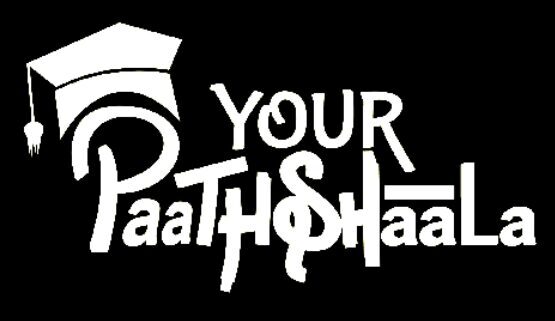
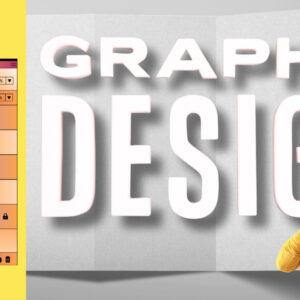
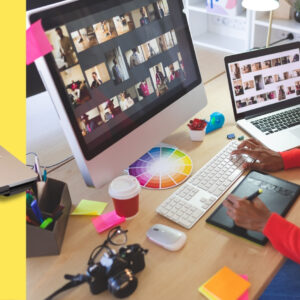
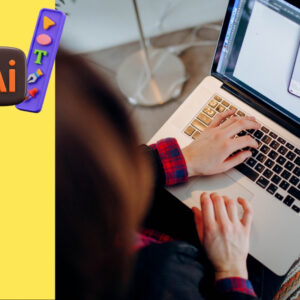
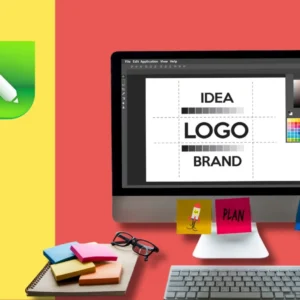
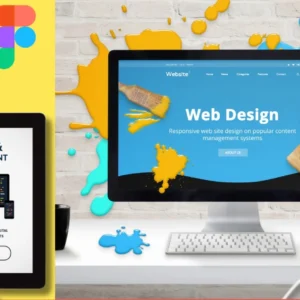
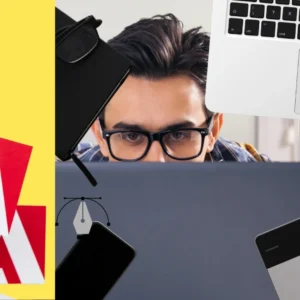
Add a Comment